Price:₹6,500.00
Experience the Magic of Kedarkantha Winter Trek – The Most Thrilling Adventure Trek in the Himalayas – 2025
The Kedarkantha Winter Trek is one of the most special treks in India, offering an unparalleled blend of adventure and breathtaking landscapes. Nestled in the Garhwal region of Uttarakhand at an altitude of 12,500 ft, it provides a perfect opportunity for beginners to experience trekkers the magic of trekking through snow-clad trails. The panoramic summit views of the Himalayan peaks and the tranquil campsites like Juda Ka Talab make it an unforgettable journey for seasoned trekkers. This trek stands out as a must-visit destination for an exhilarating winter adventure.
Kedarkantha Queen Of Winter Treks
The true beauty of the Kedarkantha Winter Trek unfolds during the snowy season when the entire landscape transforms into a pristine white wonderland. Trekking through snow-laden trails, you’ll be greeted by majestic views of towering peaks like Swargarohini, Bandarpoonch, and Kalanag. As night falls, the magic intensifies, offering the unforgettable experience of camping under a dazzling moonlit sky, where the serenity of the Himalayas will leave you spellbound. This winter adventure is a perfect escape into nature’s untouched splendor.
Discover The Cultural Heritage Of Kedarkantha Winter Trek
The Kedarkantha Winter Trek isn’t just an adventure through snow-clad trails; it’s a journey steeped in cultural heritage. The trek passes through quaint Himalayan villages like Sankri, where you can witness traditional wooden architecture, local festivals, and the warm hospitality of the Garhwali community. At the Kedarkantha summit, trekkers can find a small temple dedicated to Lord Shiva, the name “KedarKantha” is quite unique. According to the legend, Lord Shiva had visited the place with his wife Parvati and made it their temporary home.
You can start the Kedarkantha Winter Trek with the trusted Himalayan Hikers Team, a local trekking organization dedicated to providing a memorable and family-like experience. Enjoy a luxurious stay at our premium accommodations in Sankri, including The Grand Shiva Homestay and Hotel Swargarohini Palace, which offer comfort and hospitality like no other. Your trekking adventure will cover scenic spots like Sankri, Juda Ka Talab, Kedarkantha Base Camp, and Hargaon Camp, with camping arrangements to enhance your connection with nature.
Our experienced local guides, skilled cooking team, and helpful staff ensure a seamless trekking experience. Relish delicious meals served 4 to 5 times daily, prepared fresh to energize your journey. Additionally, we provide convenient transport services, including pickup and drop-off from Dehradun Railway Station. Choose Himalayan Hikers for an unforgettable adventure on the Kedarkantha Winter Trek.
Short Itinerary Of Kedarkantha Trek
DAY 01- Pickup Dehradun Railway Station Morning 07:00 Am |Drive to Sankri Base Camp Hotel, Via Mussoorie, Kamptifall, Damta, Purola, Mori Sankri, Overnight Stay our Swargarohini Hotel or The Grand Shiva Hotel
Drive Distance: 190 km | Duration: 08-09 hours | Overnight Stay Hotel at Sankri – Twin Sharing or Three Sharing.
DAY 02 – Trek from Sankri to Juda Ka Talab Camp 01 | Trek Distance: 05 km | Trek Time: 4/5 hours | Altitude 8,858 ft | Overnight Stay Camp – Twin Sharing or Three Sharing.
DAY 03 – Trek from Juda Ka Talab to Kedarkantha Base Camp 02 | Trek Distance: 03 km | Trek Time: 2/3 hours | Altitude 10,498 ft | Overnight Stay Camp – Twin Sharing or Three Sharing.
DAY 04 – Early Morning 3:30 am Trek from Kedarkantha Base Camp to Kedarkantha Peak Summit –12500 ft |After Summit – Back to Kedarkantha Base then after Lunch Trek down Hargaon Camp 3- Trek Distance: 11 km | Trek Time: 7/8 hours | Altitude 8,498 ft | Overnight Stay Camp – Twin Sharing or Three Sharing.
DAY 05 – Trek from Hargaon Camp to Sankri Hotel | Trek Distance: 05 km | Trek Time: 4/5 hours | Altitude 6,398 ft | Drive Back from Sankri Market to Dehradun City Drive Distance: 190 km | Drive Duration:08-09hours | Drop point for Himalayan Hikers trekkers: Dehradun Railway Station.
Why Choose Us?
Experienced Local Guides For A Safe And Insightful Kedarkantha Trek
Himalayan Hikers provide trained and knowledgeable guides and trek leaders, ensuring safety and valuable insights throughout the trek. With local expertise, these guides offer an authentic experience, perfect for first-time adventurers.
Seamless Kedarkantha Trek Logistics With Premium Trekking & Camping Gear
We ensure a hassle-free trekking experience by providing high-quality Trekking gear like insulated tents and cold-resistant sleeping bags. Along with delicious meals and well-planned transportation, they make your adventure both comfortable and memorable.
Safety First: Expert Guidance And Acclimatization On Kedarkantha Trek
Your safety is our priority, we have trained first-aid professionals, carefully planned acclimatization schedules, and constant monitoring of weather conditions, ensuring a secure and worry-free trekking experience.
Eco-Friendly Trekking: Sustainable Adventures On Kedarkantha Trek
Himalayan Hikers promote responsible travel by following eco-friendly practices, including proper waste disposal, leave-no-trace principles, and preserving the pristine beauty of the Himalayan trails.
Kedarkantha Trek For Women – Safety & Support At Every Step
We understand the importance of a women-friendly trek, and at Himalayan Hikers, we ensure that women trekkers experience the Kedarkantha Winter Trek in the safest way possible. Our team includes trained female and male guides, and we provide a supportive environment that fosters confidence and comfort. By focusing on safety, proper care, and personalized attention, we aim to empower every woman to conquer the Himalayan trails and embrace the adventure with peace of mind.
Empowering Women Trekkers On Kedarkantha Trek
We prioritize creating a safe, inclusive, and welcoming environment for women trekkers at Himalayan Hikers. Our trained male and female guides ensure that every trek is both comfortable and secure, with a dedicated support crew looking after your needs. With our women-friendly approach, we empower women to explore the Himalayan region with confidence and ease, making the Kedarkantha Trek a memorable and peaceful journey.
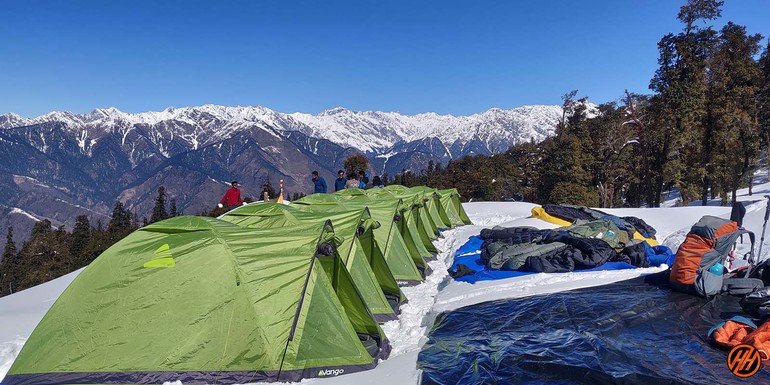
Why Kedarkantha Trek Stands Out As A Himalayan Gem
- Kedarkantha Summit Climb: Climbing to the Kedarkantha summit at 12,500 feet is a challenging yet rewarding journey. The majestic vistas and panoramic scenery offer trekkers a unique glimpse of the Himalayan beauty that makes this trek truly special.
- Mesmerizing Mountain Views: Once you reach the summit, the 360-degree view of snow-clad peaks like Swargarohini, Black Peak (Kalanag), Bandarpoonch, and others will take your breath away.
- Unforgettable Campsite Experience: After a day of trekking, the beautiful campsites on Kedarkantha offer the perfect retreat. Imagine sleeping beneath a starry sky, with panoramic views of the surrounding Himalayan peaks, a true nature lover’s dream.
- Experience Serenity At Juda Ka Talab: Under the lush forest canopy, Juda Ka Talab stands as a pristine jewel, offering trekkers a peaceful retreat. The stillness of the lake, interrupted only by the songs of nature, allows you to pause and reflect. It’s not just a campsite; it’s where you reconnect with yourself and embrace the untouched beauty of the Himalayas.
- Explore The Vibrant Local Culture Of Kedarkantha: During the Kedarkantha trek, you’ll pass through picturesque villages of Uttarakhand, offering you a unique opportunity to witness the region’s traditional lifestyle. From local customs to vibrant festivals, the trek gives you a deeper connection to the Himalayan culture.
- Walk Through Pure Wilderness: As you trek through the untouched woodlands of Kedarkantha, where the lush forest canopy offers a peaceful escape. The serene beauty of rhododendron, deodar, pine, and oak surrounds you at every step, leaving you in awe of nature’s purest forms.
- Bird Watching In The Heart Of The Himalayas: Kedarkantha’s lush forest canopy and serene surroundings create a haven for rare species, including Himalayan Monals, Snow Pigeons, and Koklass Pheasants. As you walk through the majestic forests, you’ll be greeted by the songs of various bird species, adding a unique layer to your adventure. It’s a truly magical experience for nature lovers.
- The Best Ways To Access Kedarkantha Trek: You can reach Kedarkantha smoothly via Dehradun Airport, where a taxi can take you to Sankri. If traveling by train, Dehradun Railway Station is your best option, and from there, taxis will take you to the trek’s starting point. All modes ensure a comfortable journey.
Overall, the Kedarkantha winter trek offers the ultimate mix of thrilling adventure, stunning natural beauty, and an authentic cultural journey through the heart of the Himalayas.
We have Trekking Equipment available for Rent, which you can pick up from our Himalayan Hikers Shop at Sankri Base Camp of Kedarkantha.
Kedarkantha Summit See The Mountains Range is Highly Photogenic
Kedarkantha Trek is indeed highly photogenic, offering stunning views of multiple mountain ranges and peaks, making it a favorite destination for trekkers who love photography. From the Kedarkantha summit (12,500 feet), you are rewarded with breathtaking 360-degree panoramic views of some of the most beautiful peaks in the Garhwal and Himachal ranges. Here are the key mountain peaks visible from Kedarkantha:
1. Swargarohini I, II & III
Elevation: ~6,252 meters (20,512 feet)
Swargarohini is a revered peak with a mythological connection to the Mahabharata. It’s said to be the Pathway To Heaven (Swarg). This trio of peaks dominates the horizon and looks especially mesmerizing when covered in snow.
2. Bandarpoonch I & II
Elevation: ~6,316 meters (20,722 feet)
This massif is also called the Monkey’s Tail Peak is part of the Garhwal Himalayas. It is easily recognizable due to its unique shape and is an iconic peak for trekkers in this region. Bandarpoonch is part of the Yamunotri Glacier area.
3. Black Peak Kalanag
Elevation: ~6,387 meters (20,955 feet)
Kalanag or the Black Peak is one of the most dramatic peaks in the region. Its distinct, black, rocky summit stands out starkly against the white snow. It is a popular peak for mountaineers and is clearly visible from Kedarkantha Peak.
4. Rupin Range
The Rupin Range adds to the layered beauty of the landscape, especially when viewed from a high-altitude perspective. The interplay of snow and the sharp ridges make it a captivating subject for photographs.
5. Har Ki Dun Valley
You also get a bird’s-eye view of the Har Ki Dun Valley, which lies below, with its lush greenery in other seasons and snow during the winter. The Har Ki Dun Summit itself is visible in the distance.
6. Yamunotri & Gangotri Ranges
In clear weather, you can catch glimpses of the Yamunotri and Gangotri ranges. These ranges are part of the larger Garhwal Himalayas and include some of the most important spiritual and trekking destinations in the region.
7. Other Surrounding Peaks:
Apart from the big-name peaks, the Kedarkantha summit also offers an incredible view of lesser-known but equally beautiful peaks, snow-covered ridges, and the rolling mountains of the Garhwal and Himachal regions.
Photographic Opportunities:
Golden Hour: The sunrise and sunset from the summit are spectacular, especially when the early morning or evening light bathes the peaks in a golden hue.
Starry Nights: On clear winter nights, the sky is a canvas of stars, making for incredible astrophotography opportunities.
Snow-Covered Trails: During winter, the snow-covered pine forests, campsites, and open meadows are perfect for capturing serene, white landscapes.
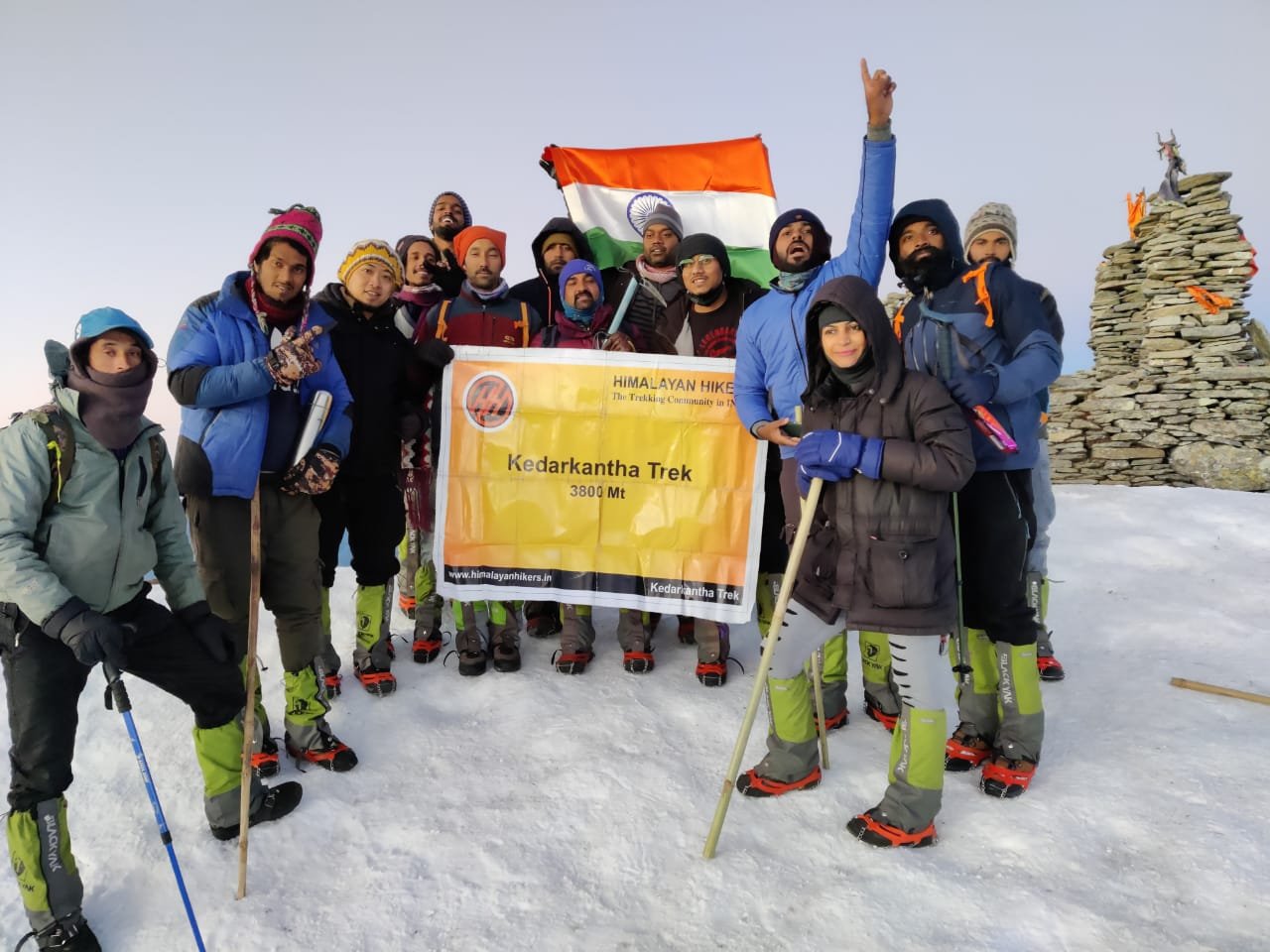
Best Time To Visit Kedarkantha Trek
Are you looking for snow-capped trails or lush green meadows? The best time to visit Kedarkantha depends entirely on your trekking dreams. We have created a personalized seasonal breakdown to help you choose the best:
Witness The Winter Wonderland Of Kedarkantha (December To April)
Required Layers Of Warm Clothing: 3-4 warm clothing
Temperature: Expect cold temperatures, ranging from -5°C to -10°C at night and around 5°C to 10°C during the day. (Add thermometer and day-night icons)
Snow Conditions: This period offers a 360-degree view of stunning snow-covered landscapes, making it a fantastic time for snow trekking and winter photography.
Prime Season For Winter Trekking: The ideal time to trek Kedarkantha for those craving snowy vistas and chilly mountain air is from late December to March. During this prime winter season, the entire region transforms into a magical snow-covered paradise. Perfect for winter trekkers, this period offers the perfect balance of thrilling terrain, towering summits, and a true mountain experience that will leave you in awe. So, if you’re ready for a winter challenge then this is the best time to answer the call of the mountains.
Springtime – Nature’s Finest Show (April)
Required Layers Of Warm Clothing: 3 warm layers
Temperature: As temperatures rise between 0°C and 15°C, the trek becomes more comfortable, offering a perfect balance of crisp mountain air and the lingering beauty of snow-covered landscapes.
Snow Conditions: Late March to mid-April is also a good time, with snow still present at higher elevations.
Springtime At Kedarkantha: As the snow begins to melt at Kedarkantha, the lower regions of the trek come alive with the vibrant hues of blooming flowers and fresh greenery. This seasonal transformation offers trekkers a chance to witness the beauty of spring unfold, as the once frozen landscapes gradually embrace new life. The sight of colorful blossoms and lush grass against the backdrop of towering peaks adds an enchanting touch to your trekking experience.
Summer Bliss: Exploring The Nature’s Warmth In Lush Green Meadows (May To June)
Required Layers Of Warm Clothing: 1 Warm layer
Temperature: 10°C to 20°C during the day 9°C to 12°C at night
Snow Conditions: By late May, most of the snow will have melted, making it a great time for those who prefer trekking on dry trails. Make sure to carry a Poncho to save yourself from occasional rainfall.
Paradise Of Floral Beauty: After the arrival of spring, Kedarkantha’s meadows flourish with vibrant wildflowers, creating a mesmerizing visual treat. The pleasant summer weather draws out a variety of butterflies, adding a lively touch to the serene trails. This season also makes the trek more accessible for beginners, offering a perfect opportunity to explore without the challenges of winter snow. Whether you’re a seasoned adventurer or a first-time trekker, summertime at Kedarkantha promises a memorable experience filled with natural beauty.
Monsoon (July To September)
Not Recommended: The monsoon season brings heavy rainfall, leading to slippery trails, leeches, and potential landslides, making trekking difficult and unsafe.
Cloud Coverage: Visibility is reduced due to clouds and mist, which detracts from the views.
Autumn’s Golden Transformation: A Visual Feast In Nature (October To November)
Required Layers Of Warm Clothing: 3-4 Warm layer
Temperature: 5°C to 15°C during the day and cooler at night.
Snow Conditions: At this time of the year you will not be able to see snow.
Autumn’s Golden Transformation: A Visual Feast in Nature
With the end of the monsoon, nature embraces a golden transformation. Trees gracefully shed their leaves, creating a stunning carpet of autumn hues. The lush green meadows, once vibrant with wildflowers, turn into serene golden landscapes. The striking contrast of a clear blue sky against the distant snow-draped mountain peaks creates a breathtaking view, one that stays etched in your memory forever. This seasonal change offers a magical blend of tranquility and beauty, perfect for trekkers and nature enthusiasts.
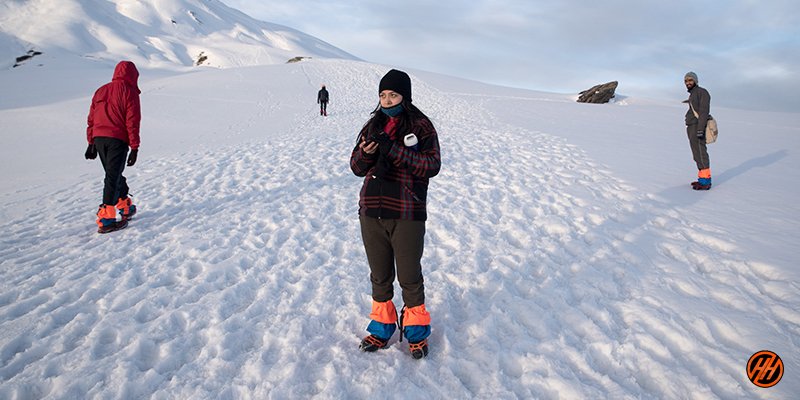
Unlock The Beauty Of Kedarkantha Trek: When To Visit For Perfect Snow-Covered Trails
The best time to visit the Kedarkantha trek for snowfall in Uttarakhand is during the winter months from late December to April. Here’s a closer look at what you can expect during this snow-clad season:
1. Late December To January
Best Winter Months For Trekkers: This is the prime season when the beauty of the Kedarkantha trek is at its peak. The trails, campsites, and the summit are all blanketed in fresh, powdery snow.
Witness Heavy Snowfall And Frozen Lakes: If you want to experience heavy snowfall, breathtaking white scenery, and frozen lakes, this period is ideal. However, temperatures can drop significantly, often plunging to -5°C to -10°C at night.
2. February To Mid-March
Continuous Snow: The trek still has plenty of snow though snowfall begins to taper off. Higher altitudes remain beautifully blanketed in snow, offering breathtaking views. Temperatures during this period are slightly milder compared to the biting cold of December and January, making it a more comfortable winter trekking experience.
Trek Comfortably In Moderate Winters: It’s a great time for a winter trek that balances adventure with milder temperatures, this season offers the ideal conditions for winter trekking.
3. Late March To April
Snow Beginning To Melt: By late March and April, the snow starts to melt, especially at the lower elevations. However, there is still snow near the summit, making it a good option for trekkers who want a mix of snow and milder weather.
Transition Season: As spring approaches, you’ll also start to see the first signs of blooming meadows in the lower regions, while higher altitudes remain snowy.
4. Avoid Post-April For Snow:
After April, the snowy trails give way to spring beauty with clear skies and vibrant flora, marking the end of its ‘Snow Trek’ phase.
How Difficult Is Kedarkantha Trek?
The Kedarkantha Trek is generally classified as easy to moderate in terms of difficulty. Here’s a breakdown of what this means in terms of various aspects of the trek:
- Beginner Friendly: Suitable for beginners and first-time trekkers, especially those who are physically active and have a reasonable fitness level. No prior trekking experience is necessary.
- Well-Defined Paths: The trails are well-marked and maintained, making navigation easier for trekkers. The paths are a mix of dirt trails, rocky sections, and some snow-covered areas in winter.
- Moderate Altitude: The highest point of the trek is Kedarkantha Summit at 12,500 feet (3,810 meters). While this is high enough to require some acclimatization, the gradual ascent helps mitigate the risks of altitude sickness.
- Short Trek: The trek typically lasts around four days and covers approximately 23-25 km in total. Daily trekking distances range from 4 km to 6 km, making it manageable for most trekkers.
- Ascent & Descent: The ascent is gradual, allowing for proper acclimatization and reducing physical strain. The descent is relatively easy compared to many high-altitude treks.
- Follow Leave No Trace Principles: Follow Leave No Trace principles and leave the trekking area as you found it. This includes packing out all trash and waste, avoiding damaging vegetation, and respecting wildlife.
- Weather Conditions: The peak season for the Kedarkantha trek is during winter, from December to March, when the snow blankets the trail, adding both beauty and a layer of difficulty. This period calls for basic snow trekking skills and proper gear. You can also experience Kedarkantha’s charm in spring, summer, and fall, each offering its unique appeal.
- However, trekking during the monsoon is not recommended due to heavy rainfall and the risk of occasional landslides, making the journey challenging and unsafe.
- Basic Fitness Required: While no advanced fitness level is required, it’s important for trekkers to be in good health and to do some cardio and strength training in preparation for the trek.
- Age Limit For Kedarkantha Trek
- Our personal belief is that people can do this trek for a minimum of 6 years to 60 years but it is necessary to be fit to do this trek. And you can do this trek in the year. These are the plans for both summer and winter.
- The Kedarkantha Trek is generally accessible to a wide range of age groups, but most trekking organizations and guides set certain age limits to ensure safety and enjoyment.
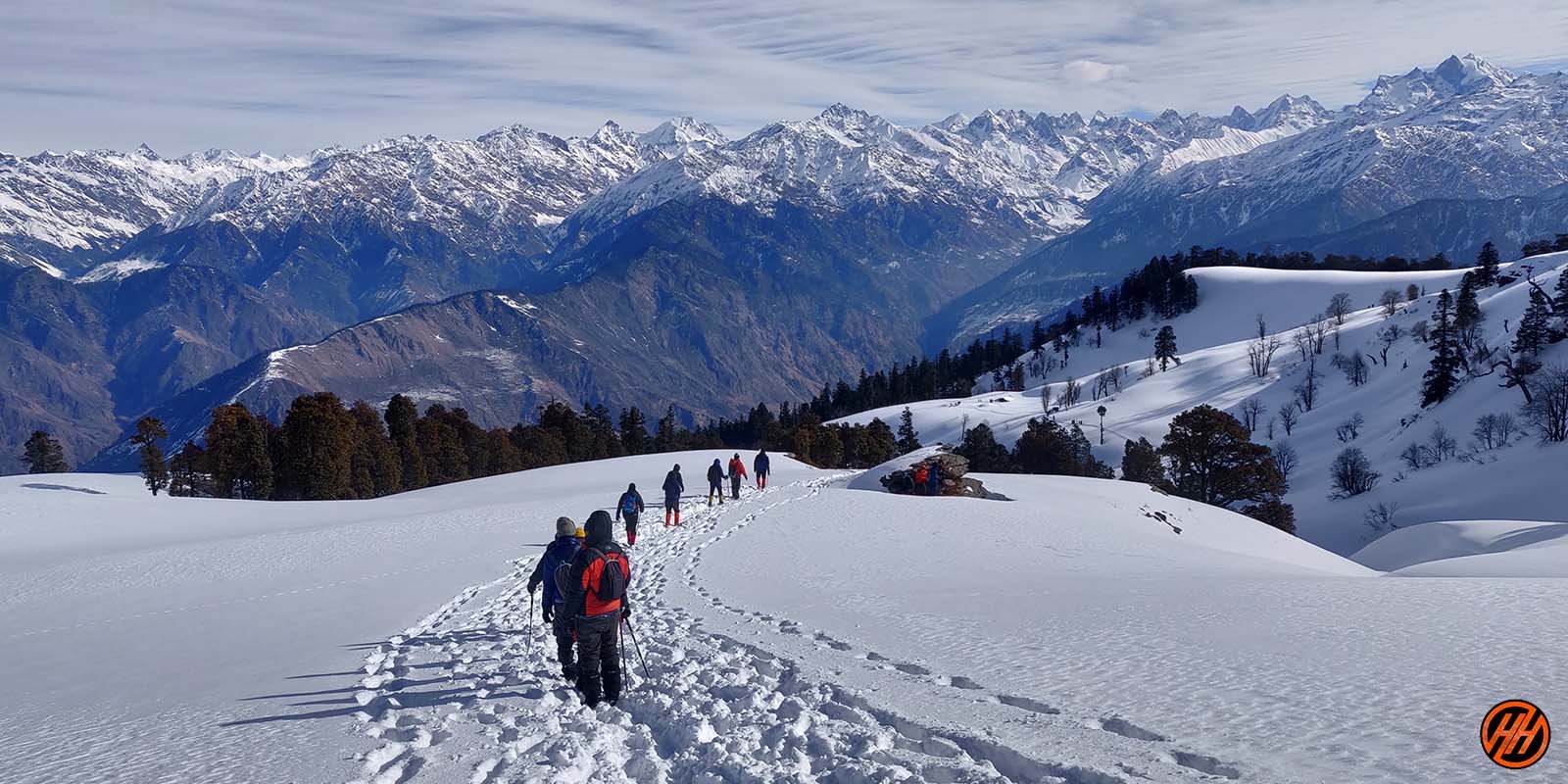
What Do We Do For Safety In The Kedarkantha Winter Trek?
First of all, the safety of trekkers is our utmost priority, if you see the trek, then there are all the risks, which I do not think about.
Safety Guidelines For Trekkers
- The trek is manageable and enjoyable. With a calm mind and steady determination, you’ll find every step of the journey feels easier and more rewarding.
- Most people look somewhere and where they are walking, this can cause twitching in your legs and ruin your entire trek.
- You should always keep your medical kit with you, it saves very crucial time in providing immediate treatment during emergencies.
Our Safety Guidelines
- Himalayan Hikers always keep a medical kit with every group, such as oxygen cylinders, and medicine to be given in an emergency on the trek.
- If any trekkers have any more problems, then they are brought back to the base camp by laying them on the stretcher.
- Our camp in Kedarkantha trek is around the tree line where you can not have any problem with Oxygen.
- In case of any medical problem, the help of your guide or well-informed trekkers should be taken.
Essential Guidelines For Staying Prepared During Unexpected Situations
- Have A First-Aid Kit: Make sure to carry a well-equipped first-aid kit that can be used to treat minor injuries and ailments.
- Follow Safety Protocols: It is important to follow all safety protocols and guidelines related to the trek. This includes staying on designated trails, avoiding risky or dangerous areas, and staying with your group.
- Have A Communication Plan: Make sure to have a communication plan in place in case of emergencies. This may include carrying a mobile phone (with Jio and BSNL)or a satellite phone or using a walkie-talkie to stay in touch with other members of your group.
- Know The Local Emergency Services: Be aware of the local emergency services available in the area where you will be trekking. This includes knowing the location of the nearest hospital, police station, or rescue service.
- Carry Proper Gear & Equipment: Make sure to carry appropriate gear and equipment for the trek, including proper footwear, warm clothing, and rain gear. This will help you stay comfortable and safe during the trek.
- Stay Calm And Collected: In case, something unexpected happens, try to stay calm and collected. Assess the situation and take appropriate action to stay safe and help others in your group.
Note:- It’s also a good idea to consult with a local trekking agency like (Himalayan Hikers)or an experienced guide before embarking on a trek, as they can provide additional guidance and support to ensure a safe and enjoyable experience.
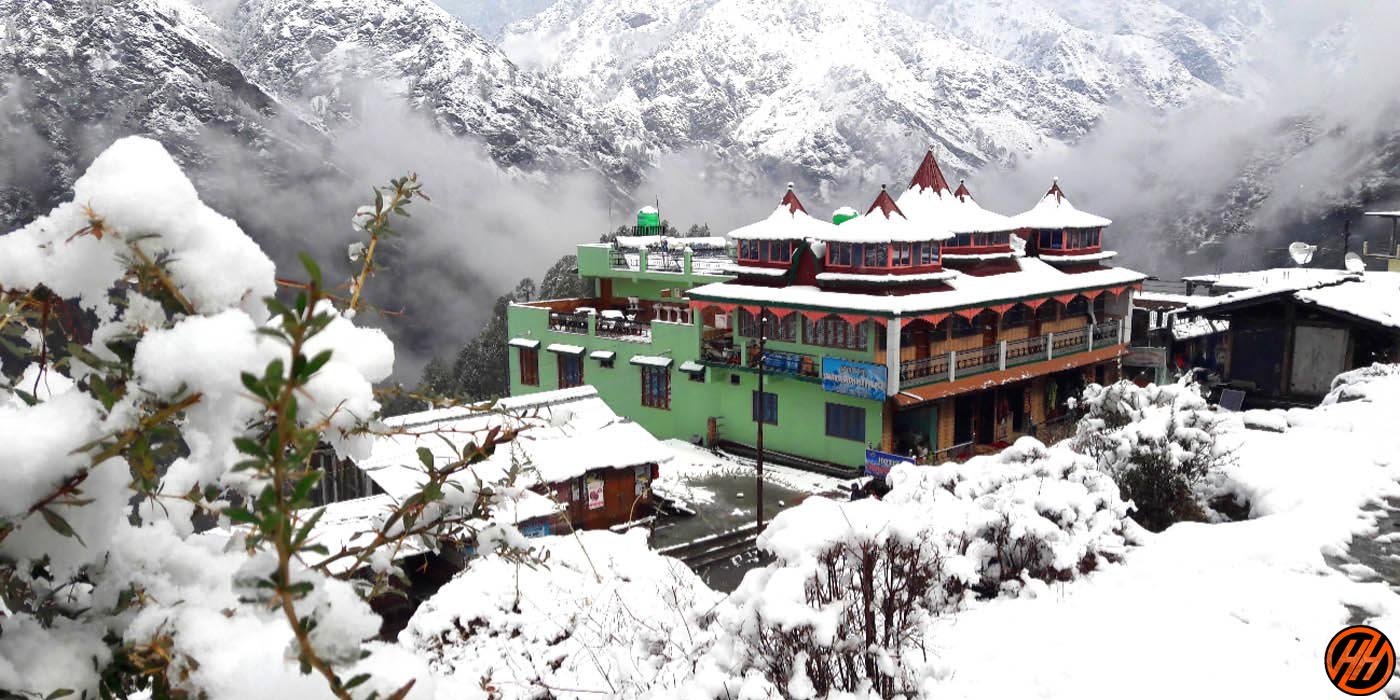
Emergency Evacuation & Nearest Hospital
In case of an emergency situation, our professional trekking guide will be ready to help you out. The Kedarkantha trek has multiple exits like Sankri, Gaichawan Gaon, and Kotgaon, and they can take you the nearest exit based on your current location.
Note:- In case you or your group is trekking without any trekking company then we highly recommend hiring a local guide and being well-informed about the nearest hospitals or healthcare centers.
Nearest Hospitals: Here are some close government & private hospitals that you can know about:
Mori
Government Hospital Mori – Sankari Rd, Mautar, Uttarakhand – 249128 Primary Health Center Mori, Uttarakhand – 249128
Ph: 01373 234 486
Barkot
Government Hospital Barkot, Uttarakhand – 249141 Swami Vivekanand Dharmarth Chikitsalay Barkot, Uttarakhand – 249141
Ph: 095576 19690
Note:- For serious medical emergencies the closest hospitals are in Mussoorie and Dehradun which can take 9-10 hours depending on the location of the base camp.
Let’s Learn About Altitude Sickness
Kedarkantha Peak is situated at 12500 feet and you start your trek from Sankri village at 6,455 ft above sea level. At this height, there are many chances of getting hit by AMS. But don’t worry it’s a natural part of high-altitude trekking and we are here to help you know about altitude sickness and how you can reduce its effect:
- To ensure a comfortable and safe trekking experience, our campsites are strategically placed at shorter distances. This thoughtful placement provides ample time to rest and acclimatize, significantly reducing the chances of altitude sickness.
- The second day of the Kedarkantha trek is intentionally kept shorter than Day 1, giving your body the much-needed time to recover. A good night’s sleep on this day is crucial, as it helps your muscles regain strength and prepares you for the upcoming summit push.
- On summit day, after reaching the breathtaking Kedarkantha Peak, you’ll descend quickly, covering a significant drop in altitude. This rapid descent naturally helps your body recover from any mild symptoms of mountain sickness, ensuring a smoother and more enjoyable trekking experience.
However, despite being physically fit and carefully following your guide’s instructions there are chances that you may get AMS.
The early symptoms of Acute Mountain Sickness (AMS) often include headaches, fatigue, loss of appetite, and difficulty sleeping. If you experience any of these signs, inform your trek guide immediately before they get severe. They can assess your condition and provide necessary altitude sickness medication, ensuring a safe and successful trek completion.
If symptoms persist for more than 12 hours, descending to the Samkri base camp is the safest option to prevent further complications.
Once you ascend beyond 11,000 feet, the risk of HAPE (High Altitude Pulmonary Edema) or HACE (High Altitude Cerebral Edema) increases significantly. Ignoring or hiding symptoms can be life-threatening, so always prioritize your health and safety at high altitudes.
How To Reach Sankri Base Camp?
Reaching Dehradun is the first step in your journey to the Kedarkantha Trek. Here are several ways to get to Dehradun, depending on your starting point:
1. By Air
Airport: Jolly Grant Airport (Dehradun) is the nearest airport, located about 25 km from Dehradun city center.
Flight Details: You can book direct flights to Dehradun from major cities in India, such as Delhi, Mumbai, Bangalore, and others.
From Airport to Dehradun
Taxi Services: Taxis are available at the airport for hire to take you to Dehradun city or directly to your accommodation.
2. By Train
Train Station: Dehradun Railway Station is well-connected with major cities across India.
- Train Travel: You can take trains from cities like Delhi, Mumbai, Kolkata, and others. Popular trains include the Nanda Devi Express, Dehradun Shatabdi, and Mussoorie Express.
- Travel to City Center: The railway station is located close to the city center, making it easy to reach hotels and other accommodations.
3. By Bus
Bus Services: Dehradun is well-connected by road, and many private and government buses operate from nearby cities, especially Delhi.
- From Delhi ISBT Kashmiri Gate: You can catch a bus to Dehradun from ISBT Kashmiri Gate in Delhi. Buses include both AC & Non-AC options.
- Travel Time: The journey typically takes around 6-8 hours depending on traffic.
- From Other Cities: Similar bus services are available from cities like Haridwar, Rishikesh, and Mussoorie.
4. By Car
Self-Drive: If you prefer driving, you can rent a car or drive your own. The distance and approximate travel time are as follows:
- From Delhi: ~ 250 km, about 6-8 hours via NH 44 and NH 7.
- From Haridwar: ~ 50 km, about 1.5 hours via NH 58.
- From Rishikesh: ~ 35 km, about 1 hour via NH 7.
5. Transportation Within Dehradun
Local Transport: Once in Dehradun, you can use local taxis, auto-rickshaws, or ride-sharing services to reach your accommodation or transport hub.
6. How To Reach Sankri From Dehradun?
Once you are in Dehradun, now Sankri Base Camp is about 200km from Dehradun Railway Station. If you are Trekking with Himalayan Hikers then all you need to do is to reach at Pickup Location at 6:00–7:00 am Dehradun Railway Station and you will be taken to Sankri via Mussoorie, Kemptifall, Purola, Mori, Sankri.
However, if you trekking without our services then you can follow these options to reach Sankri from Dehradun by road:
- Distance: Sankri is about 200 km from Dehradun.
- Travel Time: The drive usually takes around 8-10 hours, depending on road conditions and traffic.
Transport Options
Private Taxi: You can hire a taxi from Dehradun, which is convenient and allows for a flexible schedule.
Shared Jeep/Taxi: There are shared jeep services available from Dehradun to Sankri, which can be more economical.
Self-Drive: If you prefer to drive yourself, the route is scenic, taking you through beautiful landscapes, villages, and forests.


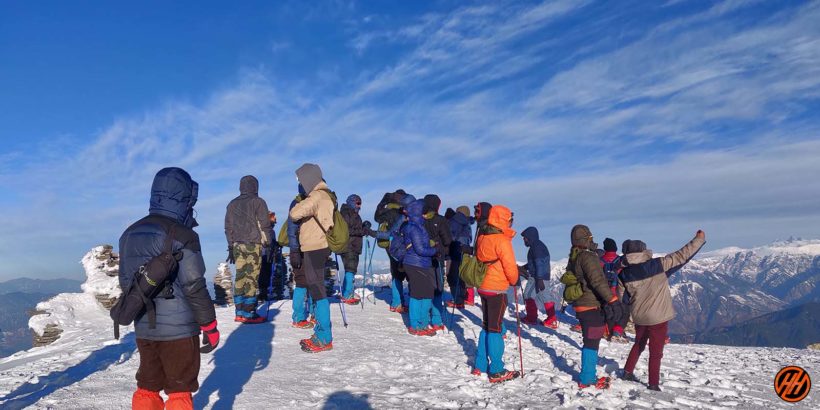
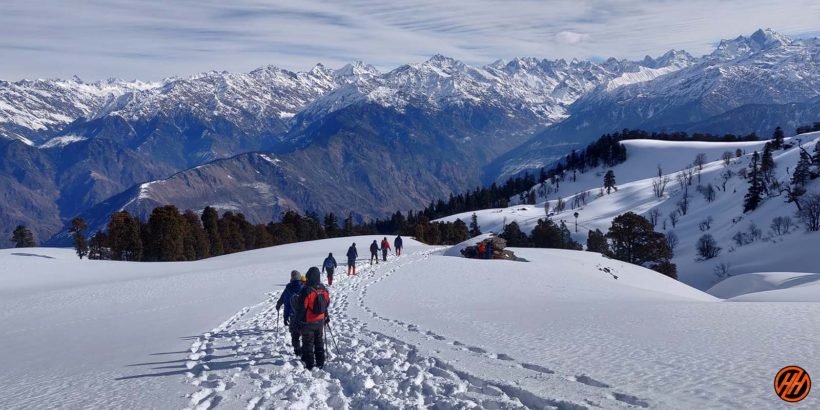
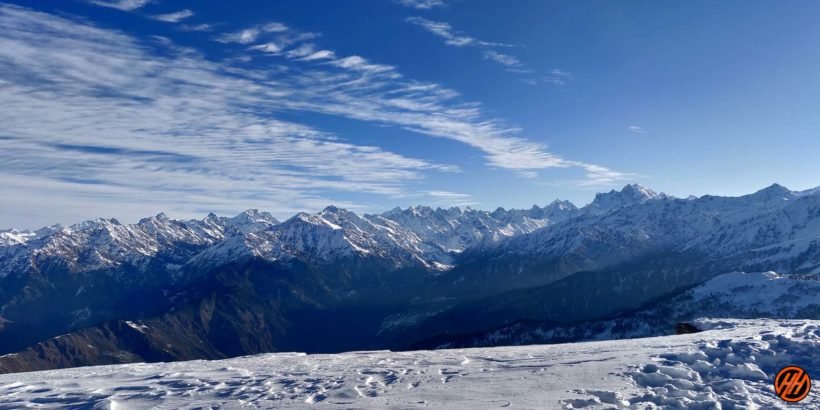
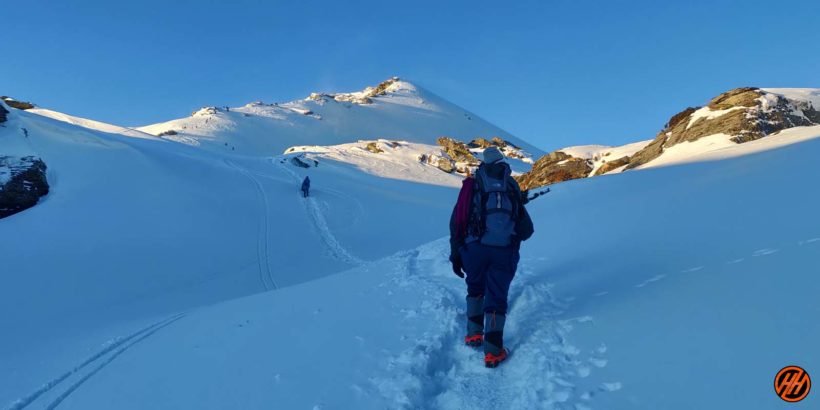
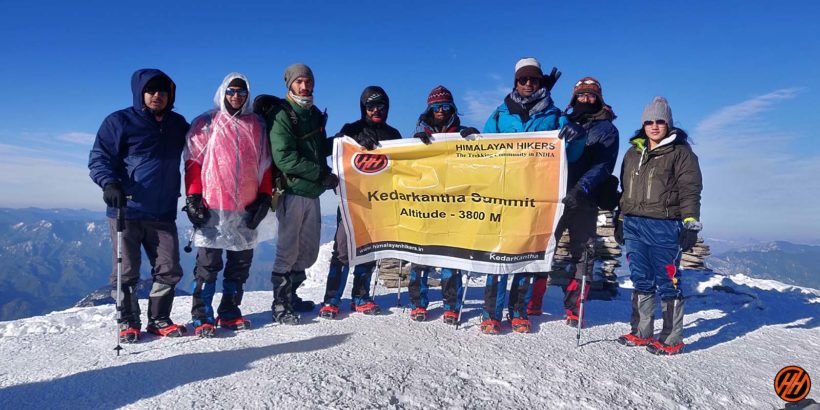
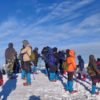
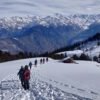
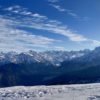
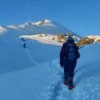
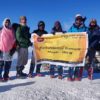
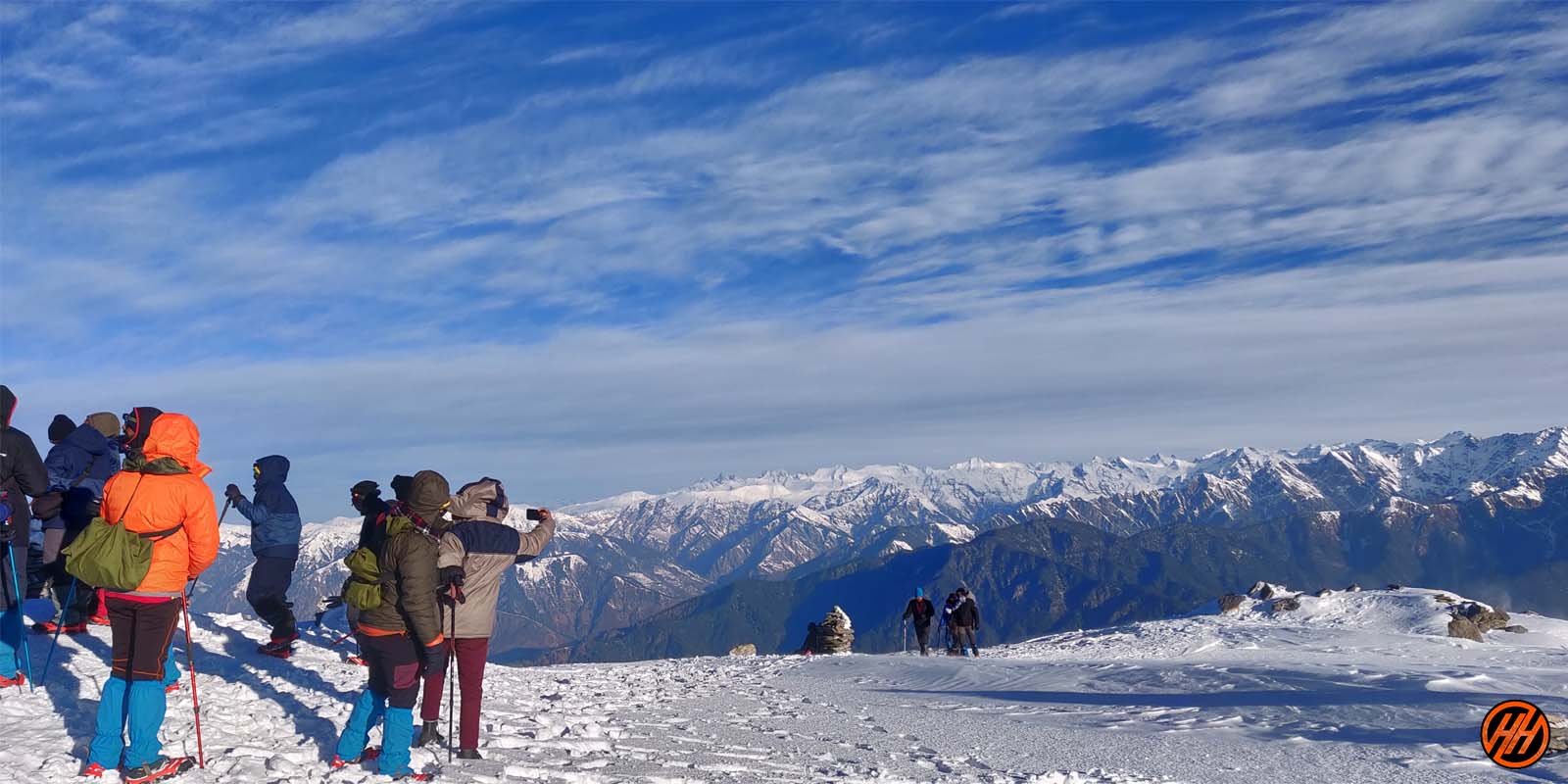
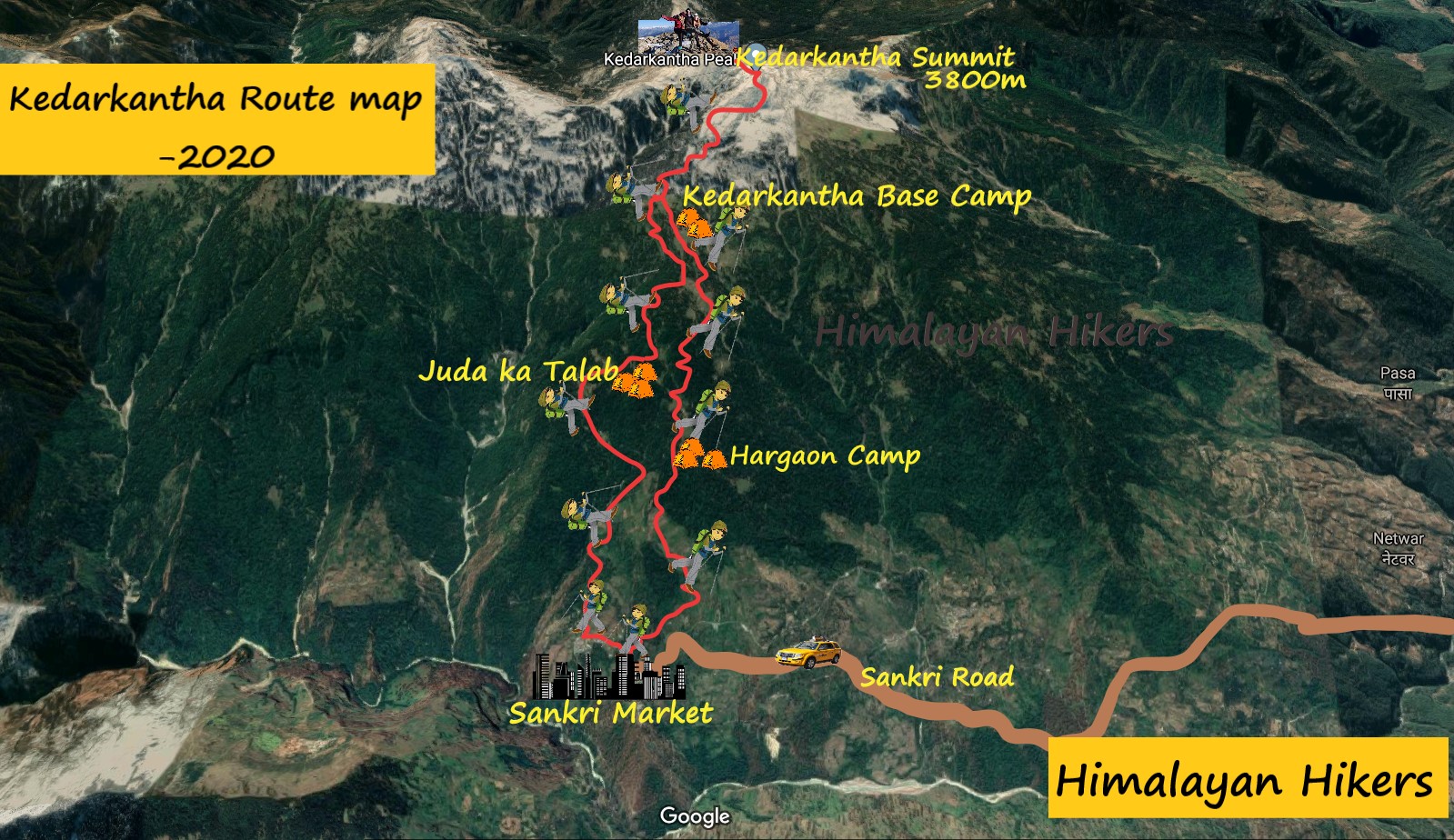
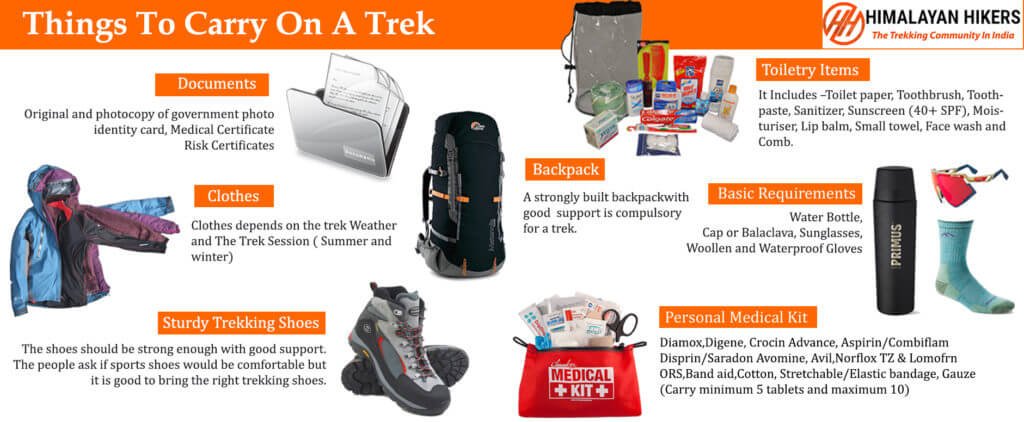
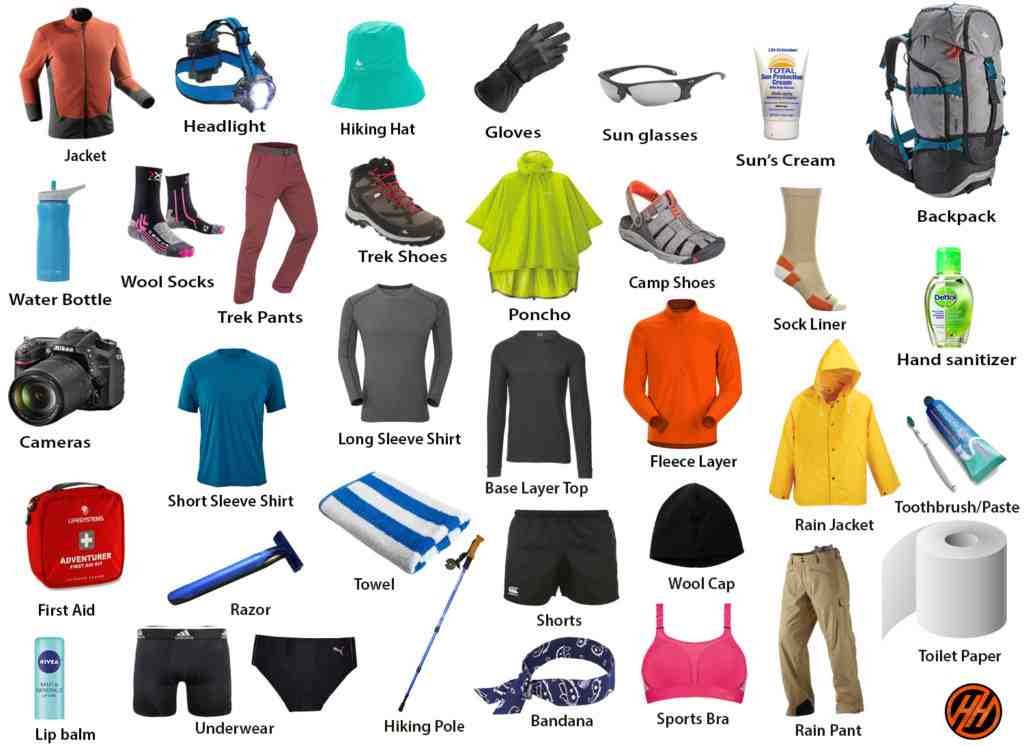
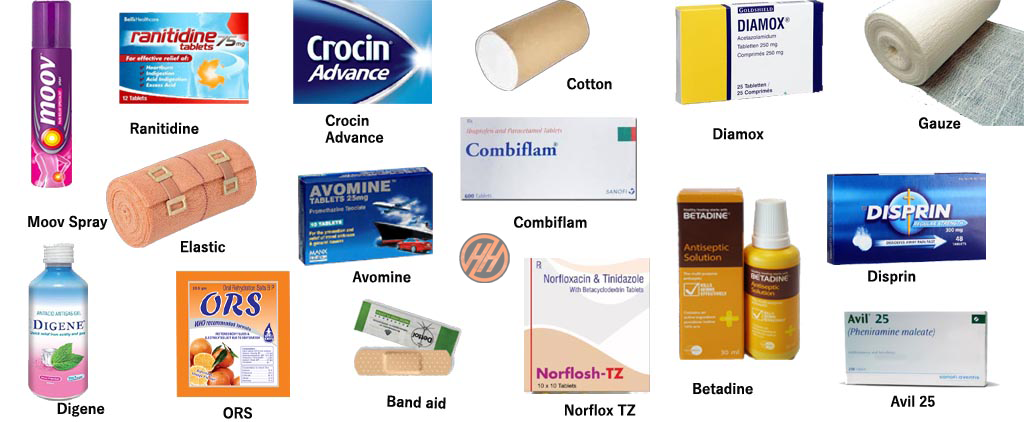
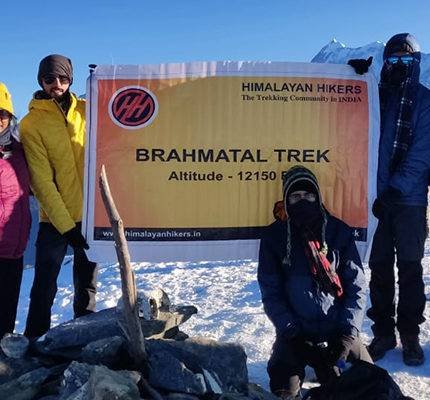
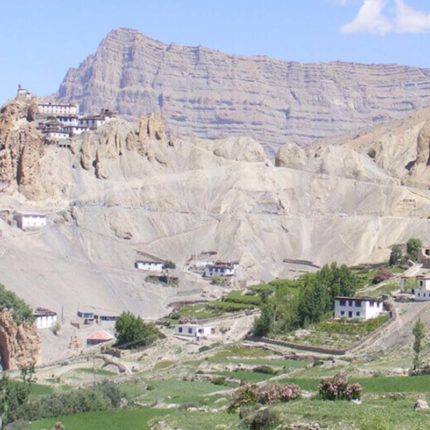
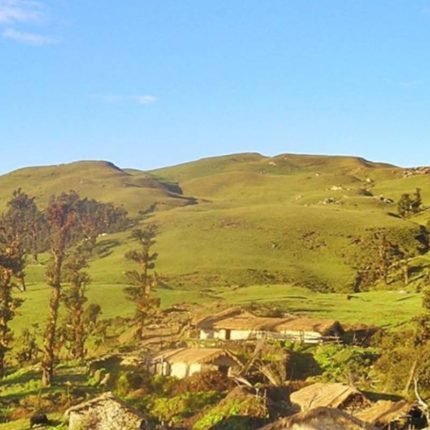
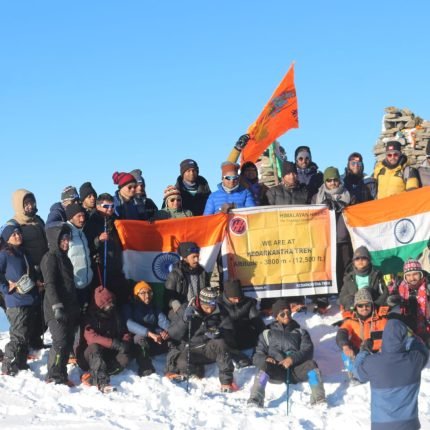
Sourav. Kirtaniya –
A remarkable Kedarkantha trek has been successfully completed with the cooperation of Himalayan Hikers. Specially thanks to our guide cum friend Sir Dinesh Rawat who raised his helping hands to achieve this toughest trek and name of this person, Dinesh Rawat, will always be cherished in our heart.
Sanjeev Kumar Singh –
Himalayan Hikers ensured that our stay was comfortable even in the freezing temperatures, especially Akash Rawat, Anirudh chowhan and Manish Rawat boss. The tents were well-maintained, warm, and cozy, providing a much-needed rest after long trekking hours.
The food was excellent—fresh, hot, and nutritious. From delicious parathas, maggi, macroni, dal chawal, rajma chawal, and piping hot soups, every meal was delicious, non-repitive, and accompanied with various desserts like jalebi, gulab jamun, custurd. It was all well-prepared and satisfying. The team took great care to serve a balanced diet to keep us energized throughout the trek.